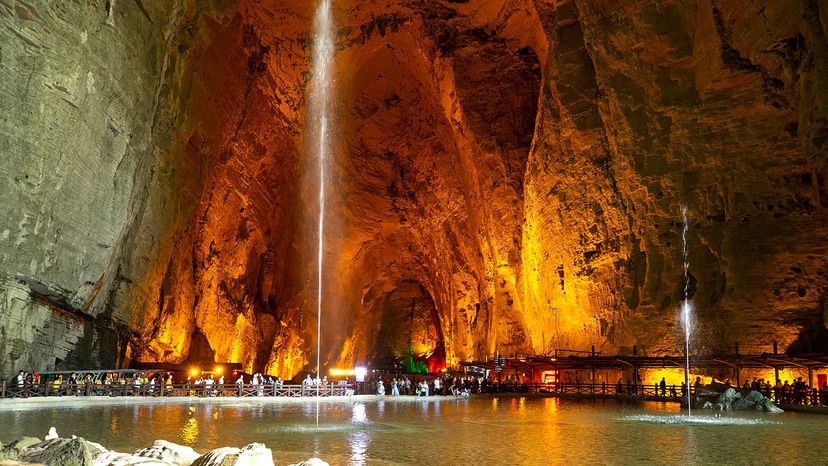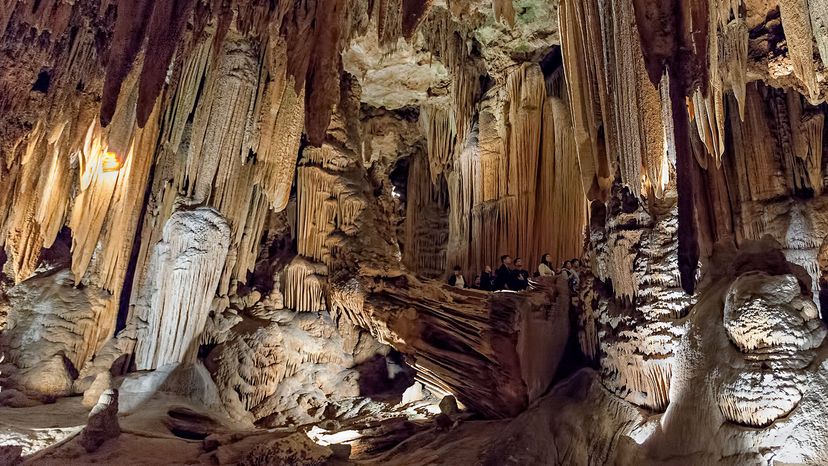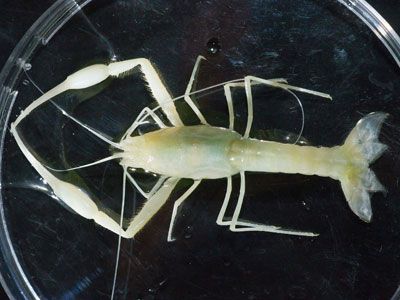
Earth's surface is pinpricked and scarred by craters and crevices, many of which develop into caves and caverns that invite adventurers and spelunkers, amateur and professional alike. You may have visited one yourself on vacation.
But is there any difference between a cave and a cavern?
Advertisement
Perhaps one gives you the impression of something grand and mysterious, while the other makes you think of cramped, claustrophobia-inducing environs that threaten human life.
Some sources say caverns have the presence of stalagmites and stalactites while caves do not. Others say caves have a section that doesn't receive any direct sunlight. Or that plant and animal life can't thrive in caverns, but they can in caves.
In reality, though, geologists say there really isn't a difference between the two.
"Essentially, the terms 'cave' and 'cavern' are synonymous," says John Mylroie, Professor Emeritus of geology at Mississippi State University, via email. "The Glossary of Geology indicates that the term 'cavern' would usually identify a large chamber or group of chambers and is commonly used by show caves (commercial caves), such as Howe Caverns in New York State."
Mylroie helped NASA hone its understanding of what caves are and how they form. Armed with that information, space researchers are better prepared to find caves in structures throughout the galaxy, knowing that they may hold the key to finding subterranean extraterrestrial life or other discoveries.
"It is full of lingo, and is way out on the fringe," Mylroie says of his research paper, "but it was written to help NASA understand what caves are and how they might exist across time and space."
He says the idea of dividing these terms by things like the presence of light or air isn't really accurate.
"A show cavern would be hard on the tourists if it didn't have air," says Mylroie, "For those of us that work and recreate in caves as a serious endeavor, the public myths and ideas about caves are a constant source of amusement. Don't get me started about bats and all the misinformation about them."
"There really isn't any difference between 'caves' and 'caverns' beyond someone's choice of names," concurs William White, Professor Emeritus in geochemistry at Penn State University, via email. "'Cavern' seems to be preferred by show cave operators, maybe because it makes their cave seem more impressive. Thus, we have 'Luray Caverns' and 'Endless Caverns' in Virginia. But the longest cave in the world is just called 'Mammoth Cave.'

"The lifeforms vary from cave to cave depending on the local environment but there won't be any difference based on whether the habitat is called a 'cave' or a 'cavern,'" he notes.
Amateurs and cave explorers tend to gravitate to one term or the other depending on their experience.
"People who work in caves professionally or recreationally seldom use the term 'cavern' (just as they never use the term 'spelunker')," says Mylroie. "It is caves and caving. Cave divers differentiate between cavern diving and cave diving, in which the former means examining only the entrance area of an underwater cave but not actually entering the cave. Cave diving is extremely dangerous and open water divers have the most cave diving accidents due to a lack of proper training; hence the two-stage designation."
Use of the term "cavern" over "cave" seems wedded mainly to one thing: marketing.
"Note that 'Moaning Cavern' was originally named 'Moaning Cave' before its current commercialization phase," says Mylroie. Both caves are in California. Remember the old Gold Rush song about Clementine: 'In a cavern in a canyon, excavating for a mine'? Use of 'cavern' ties history to the show cave business in that state."
Advertisement
